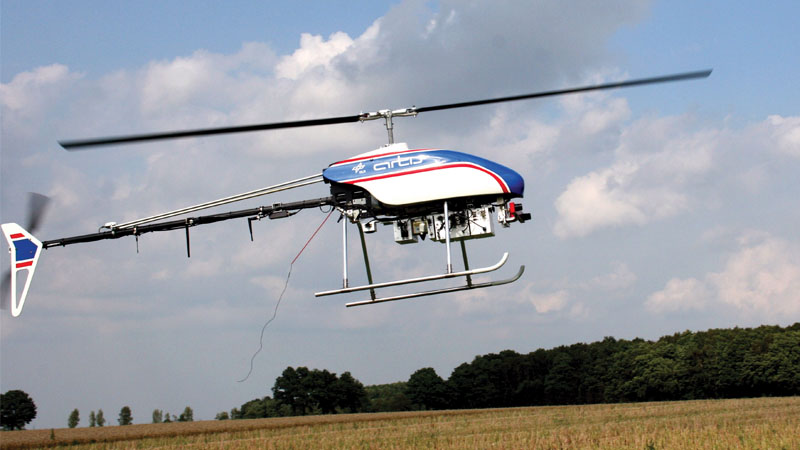Stay Up to Date
Submit your email address to receive the latest industry and Aerospace America news.
The Intelligent Systems Technical Committee works to advance the application of computational problem-solving technologies and methods to aerospace systems.
Following three years of work led by the Intelligent Systems Technical Committee, the first edition of the Roadmap for Intelligent Systems in Aerospace was released. The recommendations are anticipated to catapult the aerospace industry to new levels of safety, performance, efficiency, capability, resilience and autonomy. The committee anticipates that by following the recommendations, the U.S. will maintain its leadership in the aerospace domain.
During 2016, research and development in intelligent aerospace systems has produced notable advancements that led to a higher level of autonomy, performance, resilience, robustness and safety, both at the platform level and between platforms.
Iowa State University, with NASA and Fondazione Bruno Kessler of Italy, is scaling up capabilities for early design-stage analysis of automated air traffic control. The initial design space had over 20,000 possibilities for the NextGen air traffic control architecture. Aircraft could be separated by ground control, be self-separating or switch between the two — with differing options for burdening rules and inter-aircraft communication. Analysis of the safety and robustness to failure of partial designs enables efficient narrowing of the design space, saving time and cost. The team combined model checking with contract-based design, creating a fully automatic approach to generate large numbers of models and validate all target designs.
The German Aerospace Center, or DLR, is working on a framework for run-time monitoring of complex formal specifications, based on a tool for the stream-based specification language LOLA, currently developed at Saarland University in Germany. The benefits of utilizing the concept of run-time monitoring are currently experienced firsthand, while integrating the DLR Autonomous Rotorcraft Testbed for Intelligent Systems, or ARTIS, software framework to a new research vehicle, SuperARTIS, a 85-kilogram maximum-takeoff-weight helicopter based on SDO 50 V2 from SwissDrones Operating AG of Switzerland.
In a ground-breaking development, an artificial intelligence system developed by Ohio-based Psibernetix defeated a human expert pilot in simulated air-to-air combat conducted in the Advanced Framework for Simulation, Integration and Modeling high-fidelity simulation environment for the U.S. Air Force Research Laboratory. Using the genetic fuzzy tree methodology, Psibernetix’s Alpha defeated other AI and multiple human opponents, even when disadvantaged with respect to aircraft and payload capabilities. Retired U.S. Air Force Col. Gene Lee described Alpha as “the most aggressive, responsive, dynamic and credible AI [he’s] seen to date.”
The Automatic Ground Collision Avoidance System is an intelligent aerospace system designed to prevent imminent ground collisions caused by pilot-controlled flight into terrain, spatial disorientation and G-force-induced loss of consciousness. The system compares a projected recovery trajectory with an onboard digital terrain elevation data map and commands a recovery maneuver after an aware pilot would have already recovered. Since fielding on U.S. Air Force block 40/50 F-16s, the system has four confirmed saves during basic fighter maneuver training.
Information security can be the weakest point in any interconnected intelligent system. The Trustworthy Data Engineering Laboratory at the University of Cincinnati developed techniques for secure publish-and-subscribe capabilities of mission and operational data as part of the NASA Seedling Project’s Efficient Reconfigurable Cockpit concept. The lab developed an architecture able to maintain mission-critical functions during failure and when under attack. The architecture consists of a trusted hardware layer composed of intelligent hard points that allow sensors and other physical components to be directly integrated and authenticated into the secure environment and novel algorithms for privacy-enabled searchable encryption mechanisms. Together, these components allow secure communication of data, commands and inter-aircraft communication, turning our airspace into a single, secure, distributed computer. ★
Stay Up to Date
Submit your email address to receive the latest industry and Aerospace America news.




